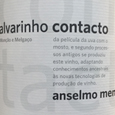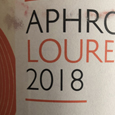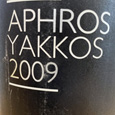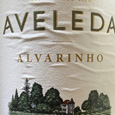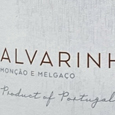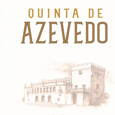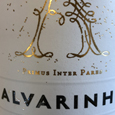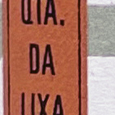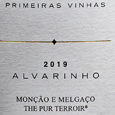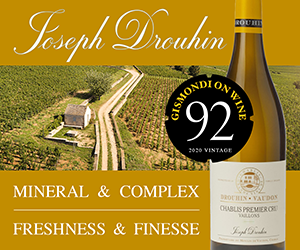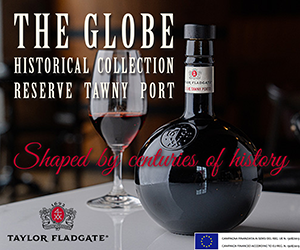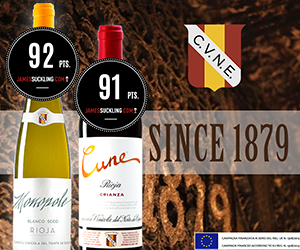Vinho Verde is not Green Wine.
Now that I’ve dispelled that myth let’s reset your compass. Earlier this year, Vinho Verde Wines asked me to hold some educational sessions for the trade across Canada, since not too many folks are travelling to Portugal these days. I have been fortunate to visit the region a few times in recent years and taste through many Vinho Verde wines available across Canada and en route over the past 12 months. Tasting what was on shelves and wine lists across the country, and chatting with folks, it became evident that the Vinho Verde largely represented in Canada is exclusively commercial in style, and has little to do with another, higher level of Vinho Verde coming out of the region today.
The Basics
The Vinho Verde region is situated in northwestern Portugal and flanked by the bracing Atlantic Ocean to the west, the Minho River and border with Spain to the north, inland mountains to the east, and roughly to the Douro River in the south. Though to our ears Vinho Verde means Green Wine, the name references the lush greenness of the appellation, one marked by high rainfall (about 1200mm / year) and a mild climate. The appellation, the largest DOC in Portugal, was demarcated in 1908 and today has 9 recognized subregions, each with regional differences and microclimates, and hence, grapes.
The appellation sees a series of East-West river valleys that funnel the cooling Atlantic winds inward and topography that rises from the coast to the interior. The mountainous areas to the east and south form the natural separation between Vinho Verde and the more inland regions. The soils are predominantly granite throughout, with two narrow schist bands that cross the region in a SE > NW direction. Soils are generally sandy textured, with some loam.
The Wines
There are 16,000 hectares of vineyards and 16,000 mostly small growers; only 600 companies bottle wine. There are 45 allowed grapes for the PDO Vinho Verde, and 67 allowed for the larger PGI (Vinho Regional) Minho. In 2019, sales of Vinho Verde were 86% white, 6% red, and 8% rosado. In addition, a smattering of sparkling wine is being produced, though I predict a swell in future years as winemakers gain more experience with the various styles.
Vinho Verde has done well to preserve its indigenous varieties by looking deeper into their history rather than outside the region. Research into indigenous varieties, clones, better site selection, soils, and farming has led to tremendous growth in quality. Savvy vintners are keeping a close eye on climate change and trying more elevated vineyards and shifting varieties. Watch for more reds being produced in the future, planted to regions that could not previously ripen them.
There are two main styles of Vinho Verde. The majority (80% of sales) are young, light, and fresh, historically and even purposefully today with a lifting spritz effervescence and making up much of what we see on shelves and lists in Canada. But there is another level of quality wines that are well worth seeking out. These are more structured, complex, mineral, often focusing more on one or two indigenous varieties and increasingly tied to one of the aforementioned nine subregions.
The Subregions & Grapes that Thrive There
You will increasingly see these subregions on the label, so it’s important to understand where they are situated and what makes the wines unique.
Monçao & Melgaço is the most recognized and acclaimed subregion, especially for Alvarinho. Situated in the far north, M&M is situated on the south bank of the River Minho, on hillsides, so you’re seeing more vineyards with some altitude (Melgaćo is a mountainous region). Of course, the Minho River unites/separates Portugal from Spain, and Rias Baixas, just across the river, is well known for its prized Albariño.
The climate is cold in the winters, with hot and dry summers, and there is a level of protection from the harsh Atlantic winds from a low set of coastal hills. The early ripening Alvarinho is the star white of the region and is said to reach its zenith in these gravelled soils, sprinkled with those schistous soils.
Moving counter-clockwise, you land at Lima, directly buffering the Atlantic coastline, and as such, has a higher amount of rainfall, affording a green lushness. The top of that arcing schistous band is more evident here, but granite, as elsewhere, remains the dominant soil type. Again, Loureiro excels here, favouring the mild marine climate and the cooling sea breezes.
Just south lies Cávado, with vineyards lining the river's watershed that gave the region its name. Because of the open expanse and low altitude, it is exposed to the sea winds year-round, affording a mild climate with average rainfall. Whites do best here, especially Arinto, Loureiro, and Trajadura.
Just a little further south, you’ll land in Ave, again seeing vineyards flanking the watershed of the Ave River at low altitude and with ample Atlantic influence. Arinto and Loureiro again welcome the mild climate.
The following subregion, Sousa, is where you see the transition between marine and interior. As with Cávado and Ave, the climate is mild, and temperature fluctuations are relatively minor. In Sousa, though, we move to the interior, so summers and winters have more of a presence. Azal (notoriously hard to ripen) and Avesso are showing up more, as are red varieties like Borraçal and Vinhão, and reds generally planted for rosé wines, like Espadeiro.
Furthest south, you reach Paiva, not influenced by the Atlantic, with higher summer temperatures and higher altitude. As such, the reds shine here, like Vinhão and Amaral. Some say that Paiva produces the most prestigious reds of the VV region. For whites, we also see more Avesso, better adapted to the interior climates.
As you start climbing up the eastern part of the appellation, our first subregion is Baião, on the border with the Douro region, so reflects some of that dramatic region’s characteristics: hot and dry summers, cold and rainy winters, with some altitude. Hence, late-ripening grapes like Avesso (in particular) and Azal are seen as reds like Amaral, which require heat at the end of the growing cycle.
Just north, you reach Amarante, the hottest of the subregions, very protected from the Atlantic, and at altitude, and with a predominantly continental climate. As before, look to late-ripening grapes, like Azal and Avesso for whites and Espadeiro and Amaral for reds.
And finally, the last and the innermost of the subregions is Basto, with a harsh cold winter and hot, dry summer. The late-maturing Azal (in particular) shines here, as does Espadiero, for reds.
So, various altitudes, Atlantic influence, and climate really affect the subregions in multiple ways. Knowing a bit about their location helps better understand and appreciate the wine styles and producers’ intent.
Here are my Top 10 (and ties) tasted throughout the last months here in Canada. As mentioned, you may have to do some digging to seek these out, but it’s worthwhile. As one would expect from an Atlantic region, these are stunning wines with all matters of seafood/shellfish and well suited to BC’s fresh foodstuffs. Saudé.

 quicksearch
quicksearch


